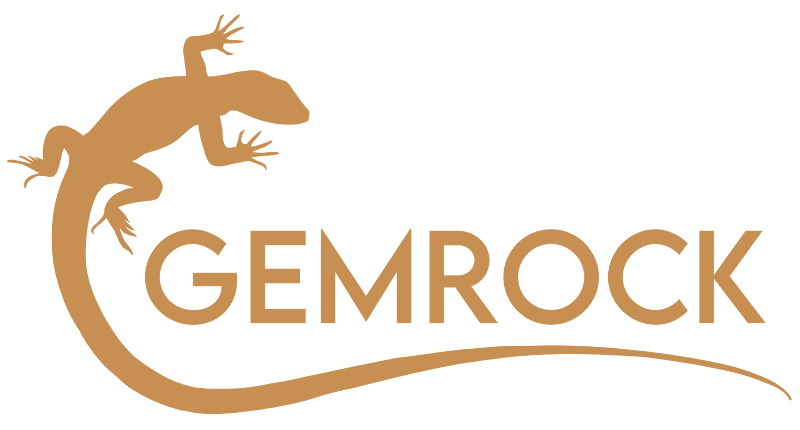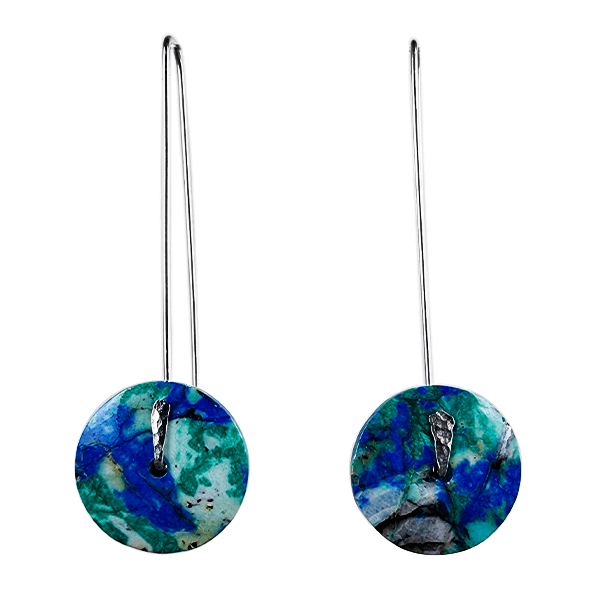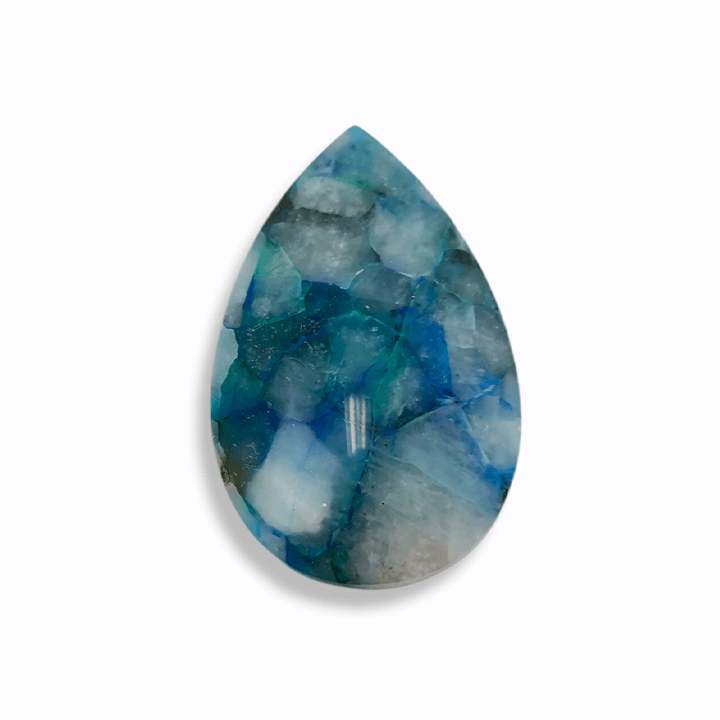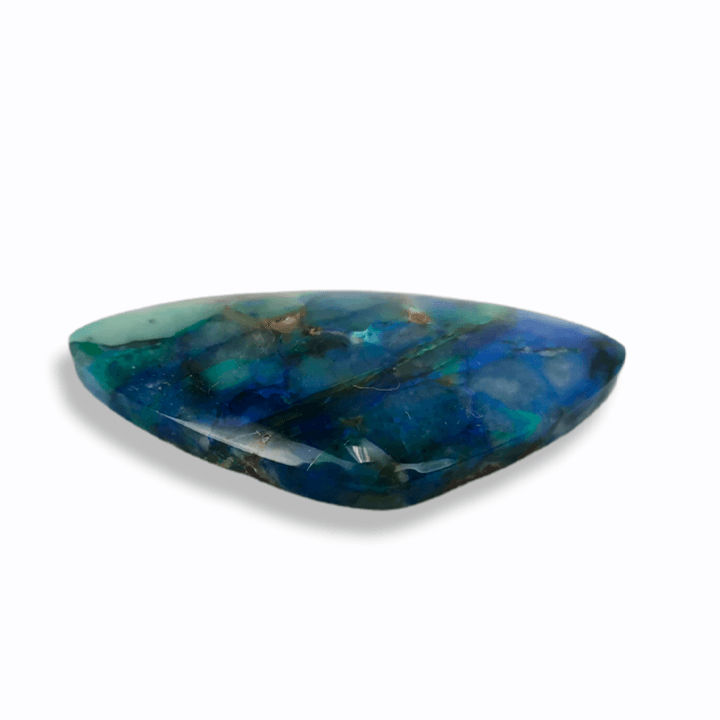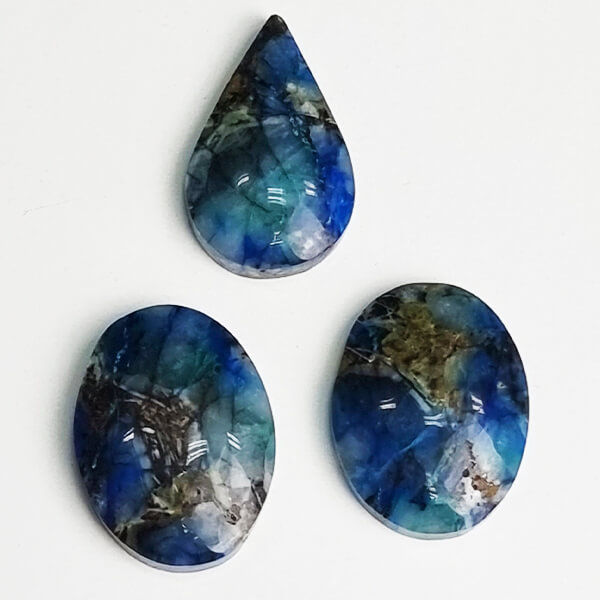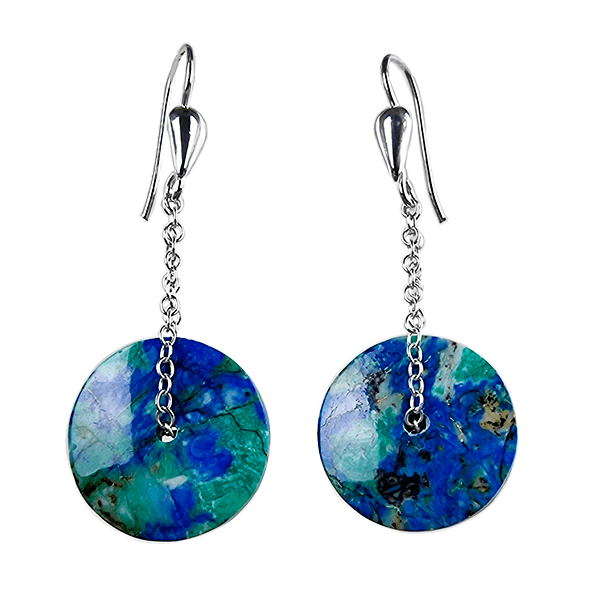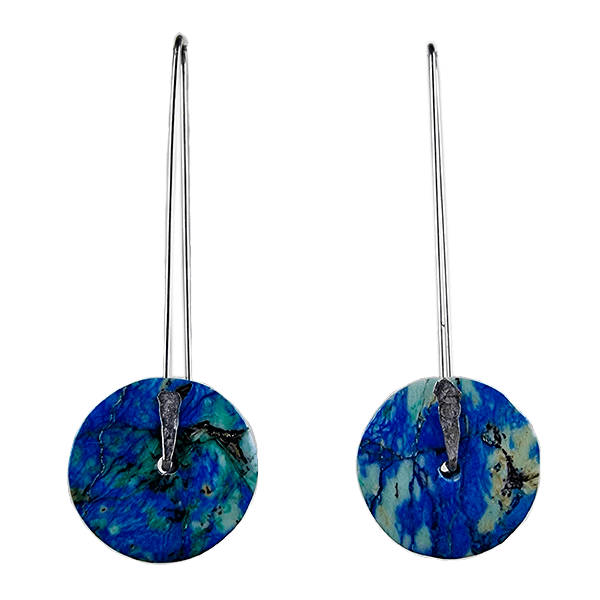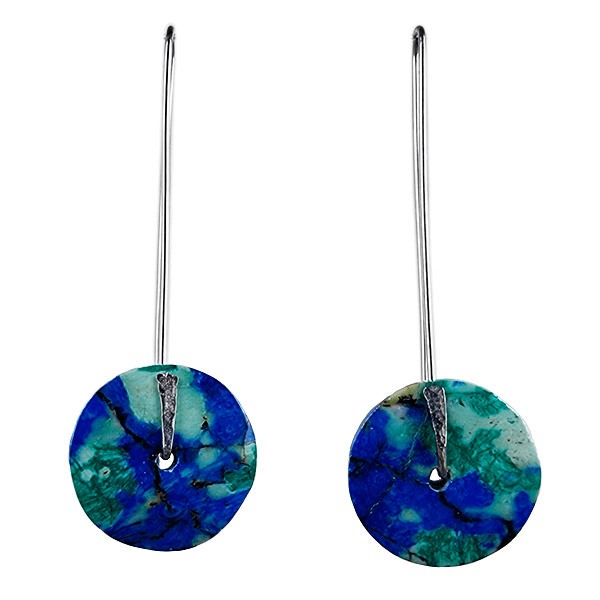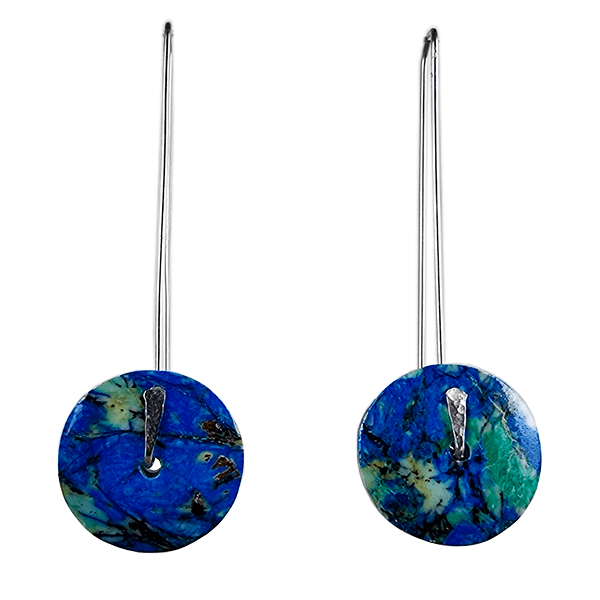Azurite "Ocean Blue"
Gemstone Quality Standard
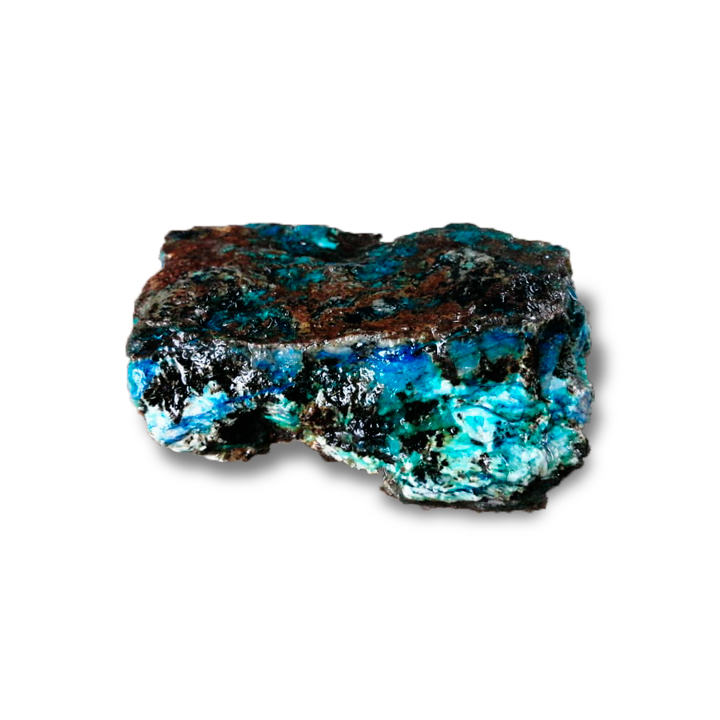
About Azurite "Ocean Blue"
Azurite “Ocean Blue” did come from a vein that was discovered in 2018 near Tarma in the Peruvian Andes.
The vein was fully exploited and did run dry within less than a year.
It is a mixture of azurite, malachite, and white limestone being crossed by fine brown oxidation layers. Parts of the vein also include quartz. The vein was only about 4 cm thick.


Rarity
Extremely rare. A vein (only 4 cm thick) of this material was discovered in 2018 near Tarma in the Peruvian Andes. The vein was fully exploited and did run dry within less than a year.
Availability
It is impossible to obtain more of this material. Gemrock is still in possession of a few kilos of jewelry-grade and Premium jewelry-grade material. We do not sell the rough. We can produce a few cabochons for custom jewelry. You can obtain this material from us as part of our own jewelry.


Jewelry Grade
Blue Azurite with small patches of green malachite in white limestone, crossed with a spider web of tiny brown oxide lines.
Premium Jewelry Grade
Blue Azurite with green malachite in translucent and transparent quartz, crossed with a spider web of tiny brown oxide lines.
You can buy our finished top-quality cabochons for jewelry makers.
National and international shipping from our US-based warehouse.


Polishable
Jewelry-grade material can be polished to a decent shine (because of the limestone matrix)
Premium jewelry-grade can be polished to a glass finish (because of the quartz matrix). Only the brown oxide lines may interrupt the surface polish.
Cutting Quality
Challenges:
The spiderweb of fine oxide layers make this material extremely brittle with a very high rate of loss due to breakage. This is a material for the most experienced gem cutters only.
Top-cutting-quality is characterized by:
- a polished backside
- a sharp rarely chipped edge between the backside and the bezel
- a very straight and even highly polished bezel
- a sharp unchipped edge between the bezel and the dome
- a well-shaped dome, not showing any deformation
- Top-quality polish


Pricing
Adequate pricing must take into account the cost factors to obtain top-quality cabochons:
- Impossible to acquire more material.
- High loss of material due to breakage.
- A usual material loss of approximately 90 % of the material during the cutting and shaping process.
- The level of experience required by a cutter to produce a flawlessly shaped and highly polished cabochon from such a brittle material.
You can buy our finished top-quality cabochons for jewelry makers.
National and international shipping from our US-based warehouse.
Jewelry Grade Material:
Blue Azurite with small patches of green malachite in white limestone, crossed with a spider web of tiny brown oxide lines.
Cutting Quality:
- Straight bezel, 3 mm high
- Flat and perfect dome (3 mm high)
- Edges between bezel and dome, as well as bezel and backside: sharp and crispy, minor chips on lower edge possible but very rare.
- Backside flat, at 280 grit
Pricing:
Recommended Retail Price (A): 0.9 USD per carat
Jewelry Grade Material:
Blue Azurite in quartz, crossed with a spider web of tiny brown oxide lines.
Lots of blue Azurite accompanied by green Malachite in white Limestone.
Cutting Quality:
- Straight bezel, 3 mm high
- Flat and perfect dome (3 mm high)
- Edges between bezel and dome, as well as bezel and backside: sharp and crispy, minor chips on lower edge possible but very rare.
- Backside flat, at 280 grit
Additional Quality (AA+): Backside polished to 3000 grit
Pricing:
Recommended Retail Price (AA): 1.00 USD per carat
AA+: 1.09 USD/c
Premium Jewelry Grade Material:
Blue Azurite with green malachite in translucent and transparent quartz, crossed with a spider web of tiny brown oxide lines.
Cutting Quality:
- Only cut by our best master cutters
- Straight bezel, 3 mm high
- Flat and perfect dome (1-3 mm high)
- The edges between the bezel and dome, as well as the bezel and backside, are sharp and crispy, with no chips on the lower edge.
Additional quality (AAA+): Backside polished to 3000 grit
Pricing:
Recommended Retail Price (AAA): 1.5 USD per carat
AAA+: 1.59 USD/c
To the best of our knowledge, this material is only available from us. There might be a tiny rest of the material available from “The Unconventional Lapidarist”, located in the USA, who bought some of this material from us in 2018.
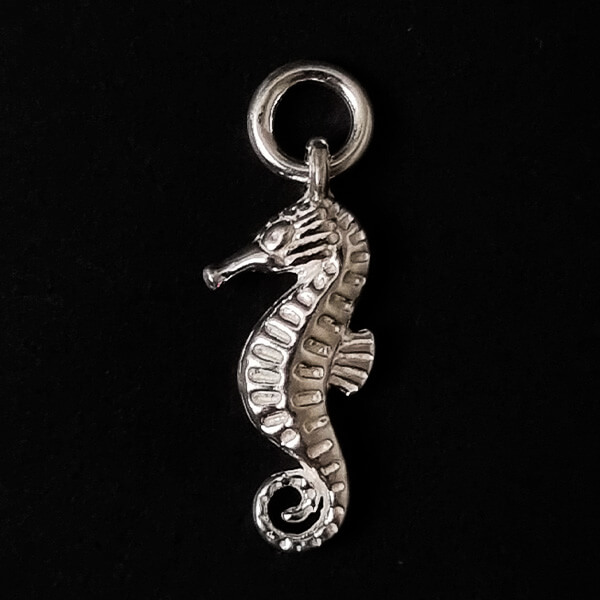
For Charms & Pendants
Ethical Silver Accessories
for Jewelry Makers
Hundreds of charms, pendants & chains
in
950 Silver, Sterling Silver, tarnish-resistant Moonlight Sterling Silver, gold-plated silver and gold.
Guaranteed Free of toxic alloys.
How to avoid fake & toxic silver:
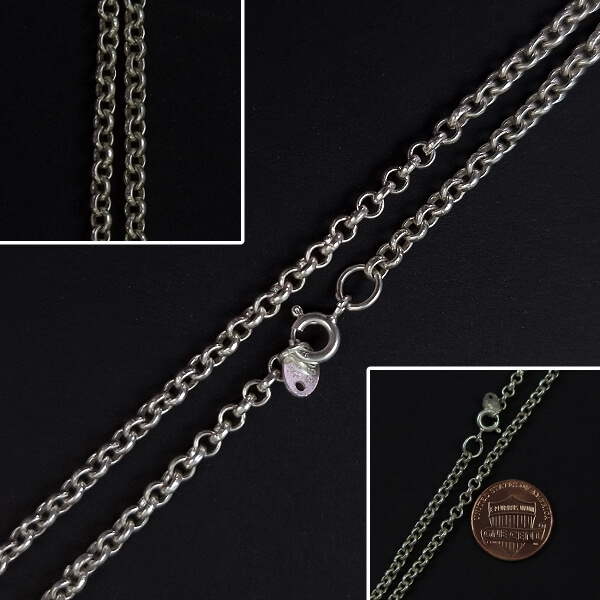
For Chains
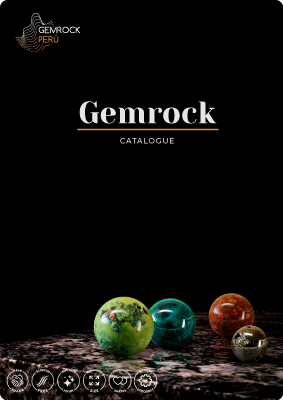
Cutting services
Do you need reliable high-quality cutting services for a reasonable price? Are you looking for a service provider that is willing to develop new products according to your requirements? Would you like to get expert advice in order to improve your product? Do you wish for someone to optimize the process and get the most out of your rough? Just talk to us.
Free Gemrock Learning Resources
Free Gemrock Learning Resources
Connect wherever you want and can
Connect wherever you want and can
Get in Touch
+51 994104206
gemrockinternational@gmail.com
